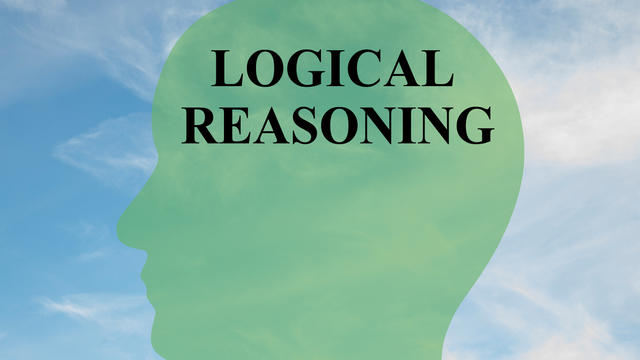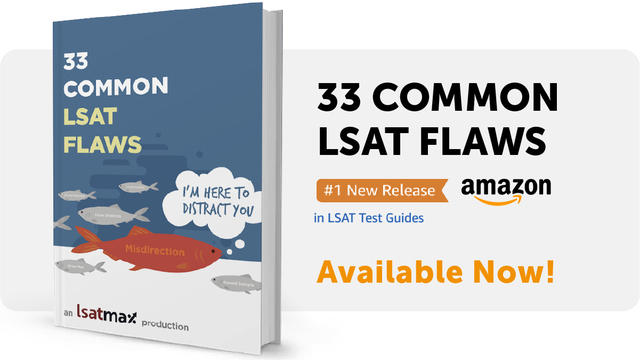One of the most important skills to hone on the LSAT is drawing conclusions from the premises that are given to you. This is a skill that is not only necessary for your success on the LSAT, but also for your future legal career. We’ve gone over drawing conclusions in earlier posts but I want to have a little practice run of it now. We’re going to go over our quantifier rules! Excited, yet?
1. ALL As are Ks
MOST Ks are Ls
Okay let’s draw this out:
A - K
K - A
K-most-L
L-some-K
Now remember, to combine a sufficient and necessary statement (S & N) with a quantifier statement (QS) you have to have the right-hand side variable of the QS be the same as the sufficient variable of the S & N. Since the sufficient variable of the S & N is “A,” and the sufficient variable of its contrapositive is “not K,” we cannot combine it with the QS because the only variables in the QS are “L” and “K” and "K" is necessary in our S & N statement. Therefore, we have no valid conclusion.
2. MOST Xs are Ys
ALL Ys are Zs
Okay let’s draw this out:
X-most-Y
Y-some-X
Y - Z
Z - Y
Here, the sufficient variable of the QS is “Y,” and the right-hand side variable of the QS is “Y.” Therefore, we can combine them to look like this: X-most-Y---> Z.
So, we can conclude that MOST Xs are Zs (i.e. X-most-Z and Z-some-X).
3. No P’s are Q’s
Some P’s are M’s
Okay let’s draw this out:
P-some-M
M-some-P
P - Q
Q - P
Remember that a QS does not have a contrapositive. However, you can flip the variables of a QS and keep the “some” as a “some,” or switch the “most” into a “some.” So when we switch the some statement to “M-some-P,” we can then align it with the S & N to be: M-some-P ---> not Q.
Thus, we can conclude SOME Ms are not Qs (i.e. M-some-not Q and not Q-some-M).
That wasn’t so bad right? It’s important to look at the premises you have and try to figure out how you can correctly combine them into a conclusion that you can use as your answer.
Happy Studying!










